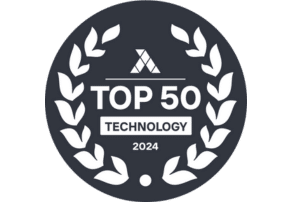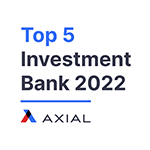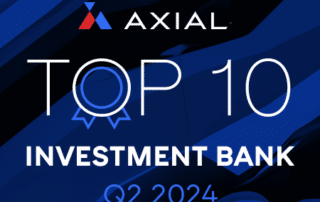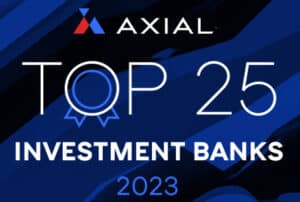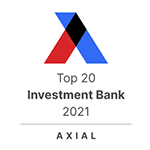
Potential buyers will be looking at this metric – if you’re considering selling your business, you should too
It’s counter-intuitive – as a manufacturing business owner, you’d love to land the major contract, the exclusive deal, the one big order with one name-brand customer that can anchor your operations for months or even years to come. A large, steady revenue stream is a good thing, isn’t it?
In the short-term, almost always. But long-term? You may want to consider your overall customer mix and make sure your business isn’t becoming too reliant on any one customer. Down the road you’ll likely be looking to sell the business you’ve built. And different potential buyers view customer concentration metrics differently. In general, a business is inherently taking on more risk by tying up too much of their revenue in a single large customer – and buyers may view your operation accordingly.
This can become a particular challenge for smaller or middle market manufacturing – a $10 million operation, for example, probably won’t have as many opportunities to diversify as a $200 million shop. The smaller shop owner needs to make money and fill orders day-to-day.
“In our early days, we took on any work that kept the lights on and the checkbook in the black,” says Matt Guse, owner and President of M.R.S. Machining Co., a Wisconsin-based precision contract manufacturer specializing in high-quality machine components. “It’s a common story among growing businesses – you’re hungry for revenue, eager to prove yourself, and say ‘yes’ to every opportunity that comes your way.”
As a small or middle market operator, few can afford to turn down business – but as much as possible, it’s advisable to try to avoid the “10% clients”. These are the customers that are responsible for generating 10% or more of your average revenue in a given year. And as you’re looking at the overall health of your business in preparation to go to market, you’ll want to make sure none of your clients are over 20% of that mark.
But what can you do about it? Sometimes, turning down business from a key customer is itself a risky option. Guse suggests looking elsewhere. “The key is maintaining vigilance through monthly monitoring,” he says. “When any single source begins to approach that threshold, it’s time to take action – either by expanding your customer base or growing strategically with existing clients. Think of it as building multiple pillars to support your business, rather than relying on just one or two major supports.”
It stands to reason that a company overly dependent on any one customer, end market, supplier, vendor or employee is more susceptible to disruption of its business operations in the event of an external shock to the system. Creditors, underwriters, buyers, and investors are keenly aware of this and routinely check these workflows carefully before making an investment decision, especially if the company in question expects to operate as a standalone entity.
But what if a buyer expects to combine the business with another, or integrate it into an existing operation? This could potentially offset similar risks for both companies. For example, if one company has 100% concentration in one customer and another company has 100% concentration in another customer, they are both stronger as a combined entity. A broader customer base has allowed both companies to benefit from consolidation, all else equal.
While this illustrates a simple scenario, each buyer will conduct its own analysis based on the facts of the situation. While some buyers will want the customers you are offering, far more prefer long term stability. Ultimately. a more diversified company will appeal to a broader set of investors. And this in turn provides a broader set of options for the seller or business owner seeking to sell the business, find investors, or obtain financing.
It’s also important to remember diversification is not just a defensive play. “A balanced approach doesn’t just protect your business,” Guse says. “It creates opportunities. By serving diverse customers across multiple industries, you gain valuable insights, develop new capabilities, and build a more robust foundation for long-term success.”




